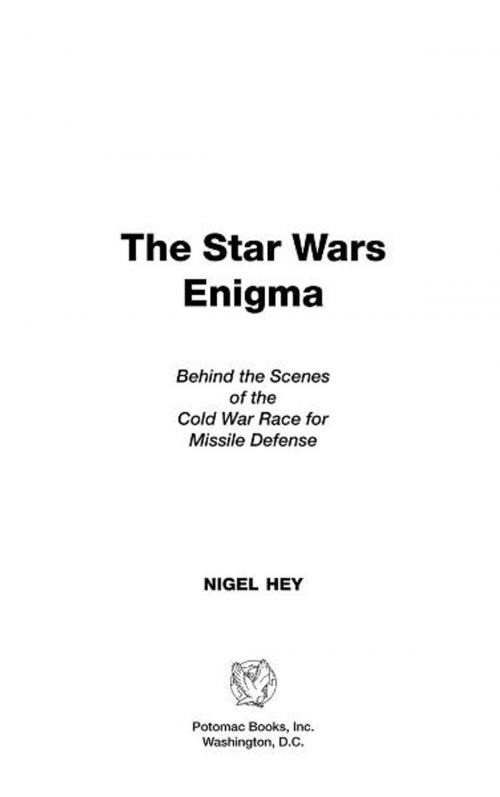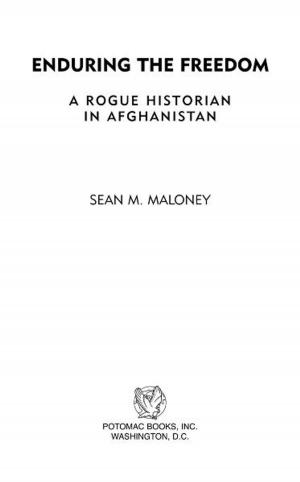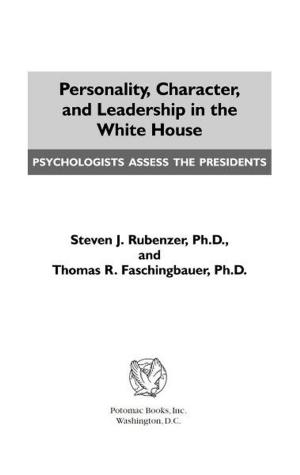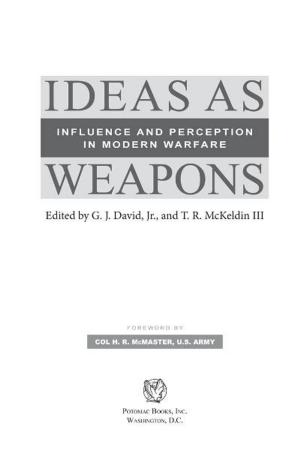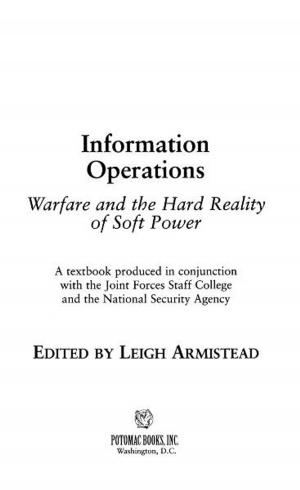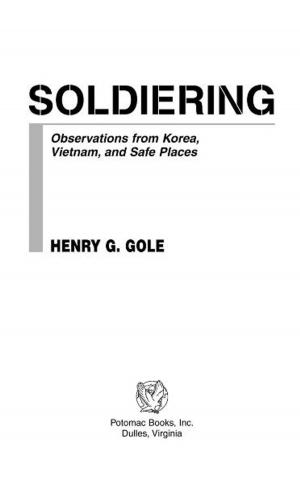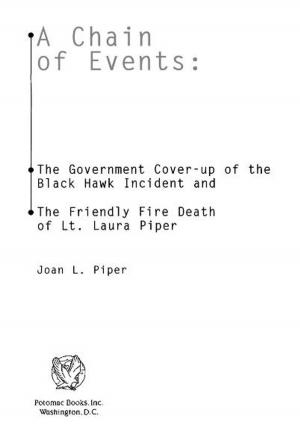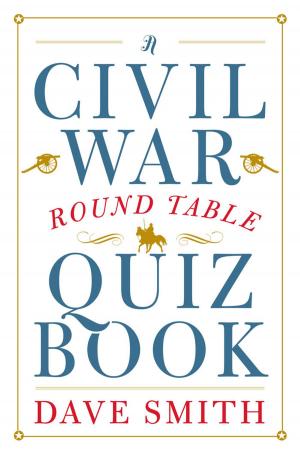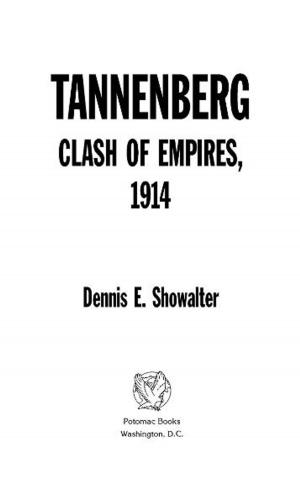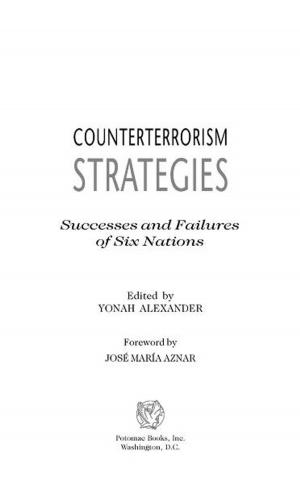| Author: | Nigel Hey | ISBN: | 9781612343297 |
| Publisher: | Potomac Books Inc. | Publication: | August 31, 2006 |
| Imprint: | Potomac Books Inc. | Language: | English |
| Author: | Nigel Hey |
| ISBN: | 9781612343297 |
| Publisher: | Potomac Books Inc. |
| Publication: | August 31, 2006 |
| Imprint: | Potomac Books Inc. |
| Language: | English |
The year 1982 was a desperate time for the U.S. defense community. The United States had no effective system to protect itself completely from a Soviet attack with nuclear-armed intercontinental ballistic missiles, which the Soviet Union possessed in large quantity, and the doomsday philosophy of mutually assured destruction seemed inescapable. But people in the Reagan administration, including Reagan himself, were not content with what they viewed as a morally unacceptable status quo. Then Adm. James Watkins, a member of the Joint Chiefs of Staff, asked, Wouldnt it be better if we could develop a system that would protect, rather than avenge, our people? With that, the presidents commitment to the Strategic Defense Initiative (SDI) became certain. Ultimately, SDI reflected Western political idealism, a powerful ingredient in the struggle to finally conquer the terrors of the Cold War and to allay the threat of nuclear holocaust. The Star Wars Enigma tells this dramatic story.
The year 1982 was a desperate time for the U.S. defense community. The United States had no effective system to protect itself completely from a Soviet attack with nuclear-armed intercontinental ballistic missiles, which the Soviet Union possessed in large quantity, and the doomsday philosophy of mutually assured destruction seemed inescapable. But people in the Reagan administration, including Reagan himself, were not content with what they viewed as a morally unacceptable status quo. Then Adm. James Watkins, a member of the Joint Chiefs of Staff, asked, Wouldnt it be better if we could develop a system that would protect, rather than avenge, our people? With that, the presidents commitment to the Strategic Defense Initiative (SDI) became certain. Ultimately, SDI reflected Western political idealism, a powerful ingredient in the struggle to finally conquer the terrors of the Cold War and to allay the threat of nuclear holocaust. The Star Wars Enigma tells this dramatic story.
